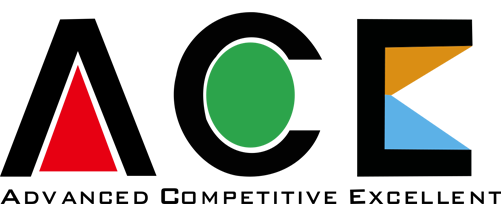-

96 deep well plate applications
Deep well plates are a type of laboratory equipment used in cell culture, biochemical analysis, and other scientific applications. They are designed to hold multiple samples in separate wells, allowing researchers to conduct experiments on a larger scale than traditional petri dishes or test tube...Read more -
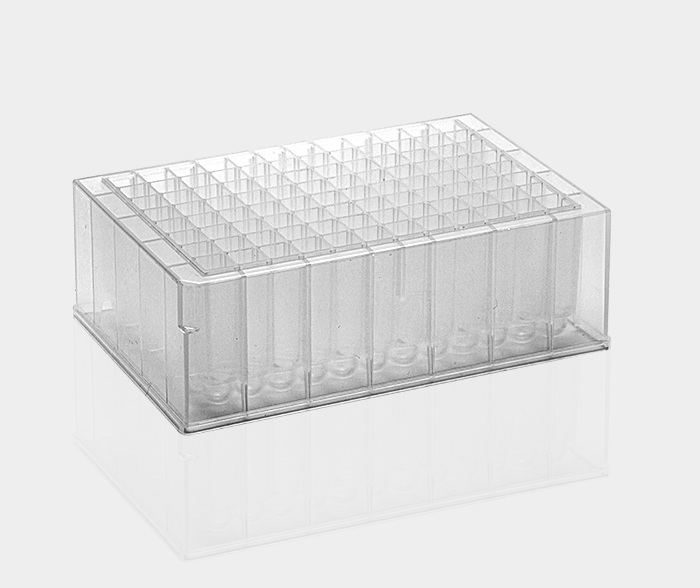
Why Choose 96 Well Plates from us?
At Suzhou Ace Biomedical Technology Co., Ltd, we understand the importance of having reliable and accurate microplates for your research. That’s why our 96 well plates have been designed to provide you with the highest quality and accuracy available on the market. With a wide variety of options t...Read more -
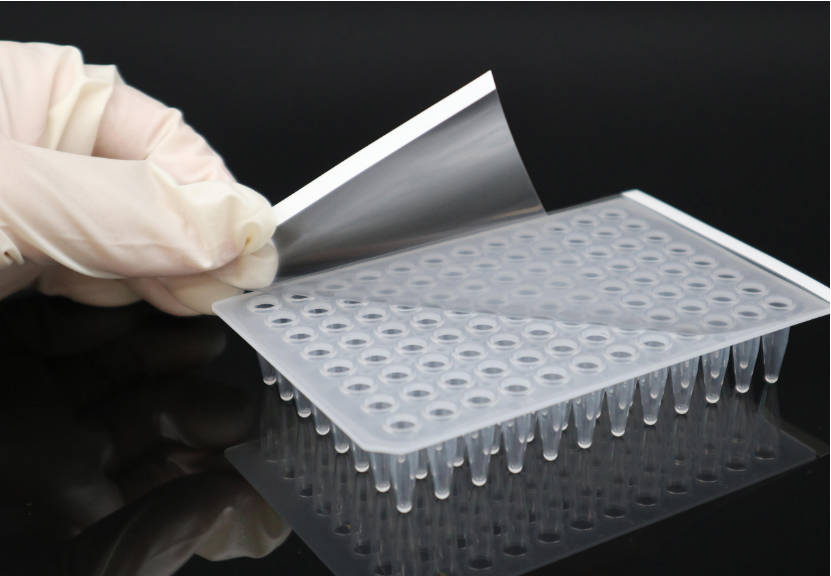
Suggestion for sealing PCR plate
To seal a PCR (polymerase chain reaction) plate, follow these steps: After adding the PCR reaction mix to the wells of the plate, place a sealing film or mat on the plate to prevent evaporation and contamination. Make sure the sealing film or mat is properly aligned with the wells and securely a...Read more -

A few factors to consider When choosing PCR tube strips
Capacity: PCR tube strips come in different sizes, usually ranging from 0.2 mL to 0.5 mL. Choose a size that is appropriate for your experiment and the amount of sample you will be using. Material: PCR tube strips can be made from different materials such as polypropylene or polycarbonate. Polyp...Read more -
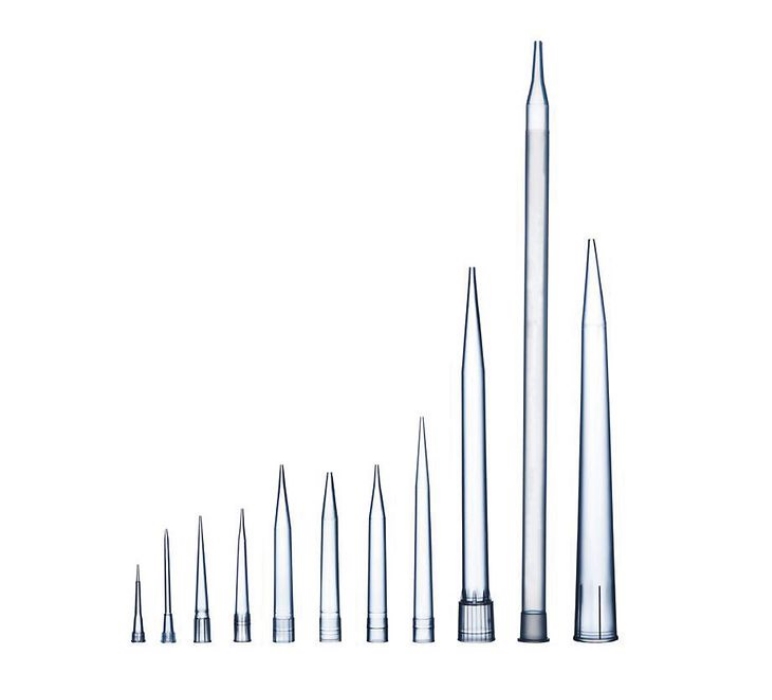
Why do we use disposable tips for pipetting?
Disposable tips are commonly used for pipetting in laboratories because they offer a number of advantages over non-disposable or reusable tips. Contamination prevention: Disposable tips are designed to be used only once and then discarded. This greatly reduces the risk of contamination from one ...Read more -
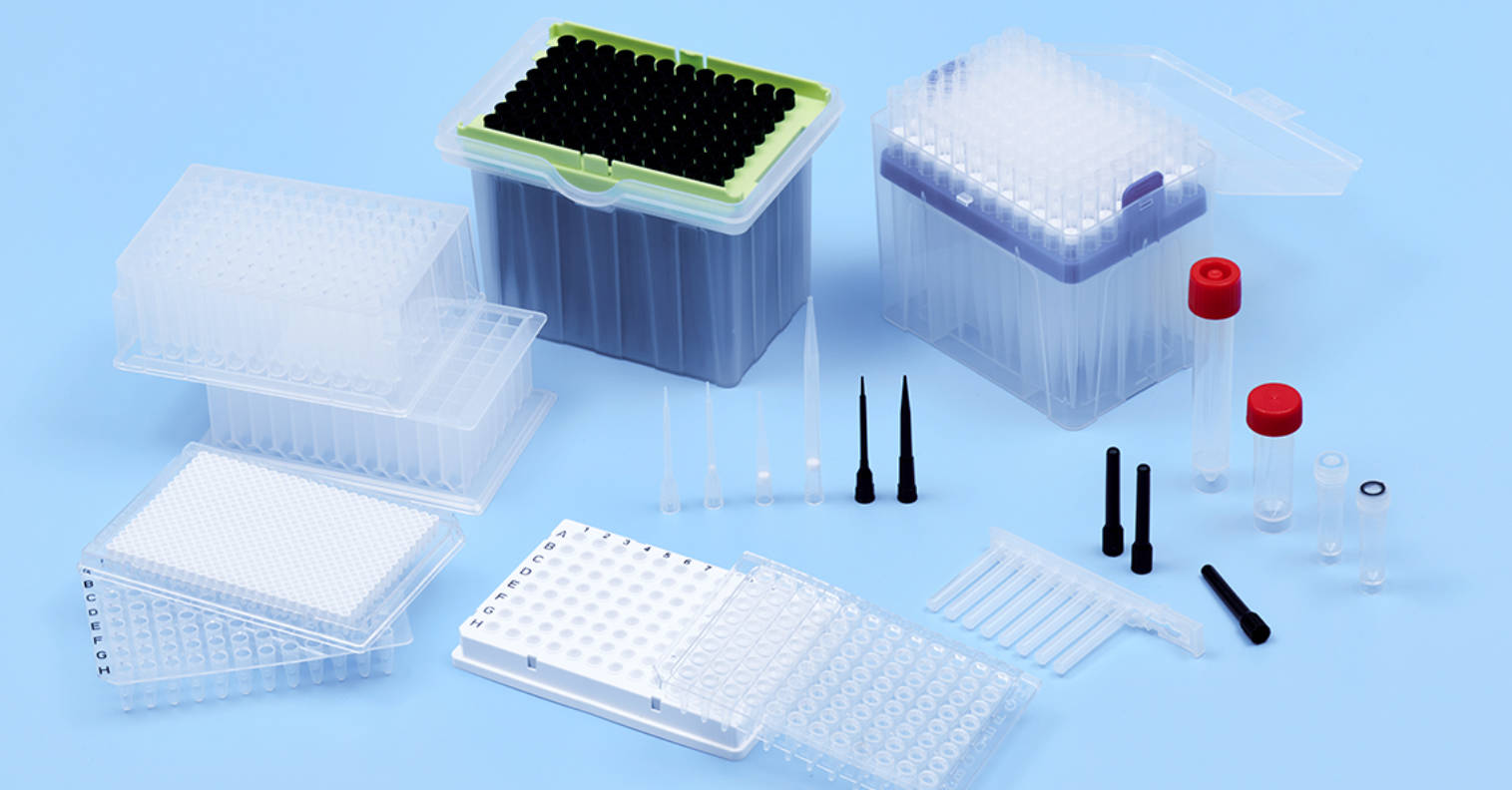
what is automated pipette tip? what are their application?
Automated pipette tips are a type of laboratory consumable that are designed for use with automated liquid handling systems, such as robotic pipetting platforms. They are used to transfer precise volumes of liquids between containers, making them an important tool in a wide range of applications ...Read more -
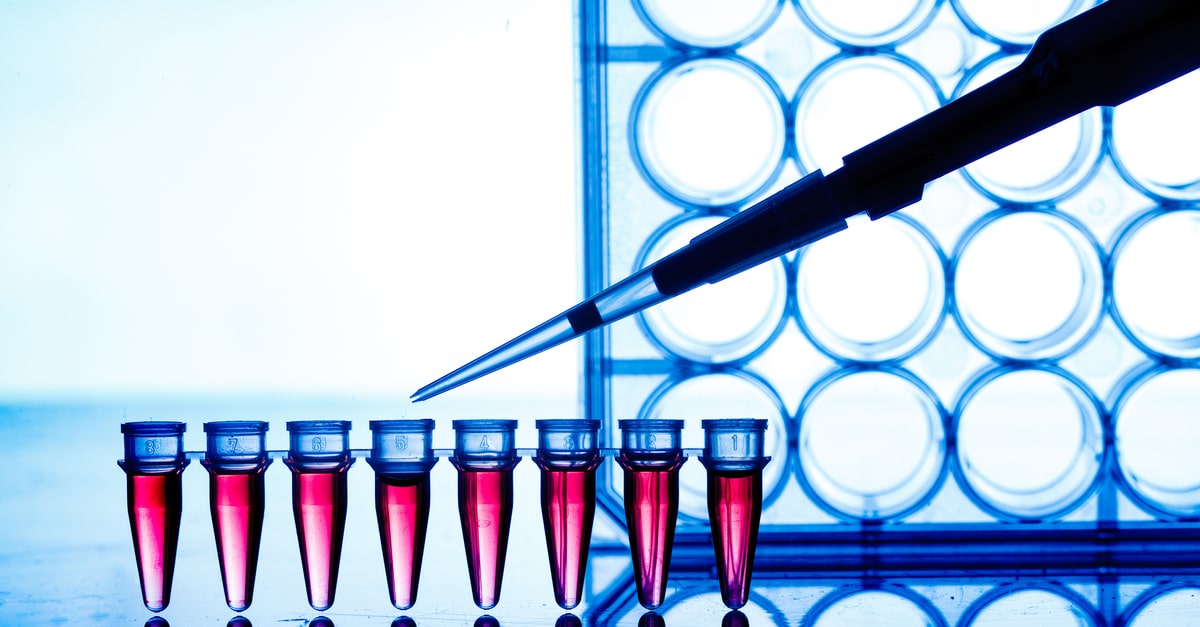
How to use PCR plate to do experiment?
PCR (polymerase chain reaction) plates are used to conduct PCR experiments, which are widely used in molecular biology research to amplify DNA sequences. Here are the general steps to use a PCR plate for a typical experiment: Prepare your PCR reaction mix: Prepare your PCR reaction mix according...Read more -
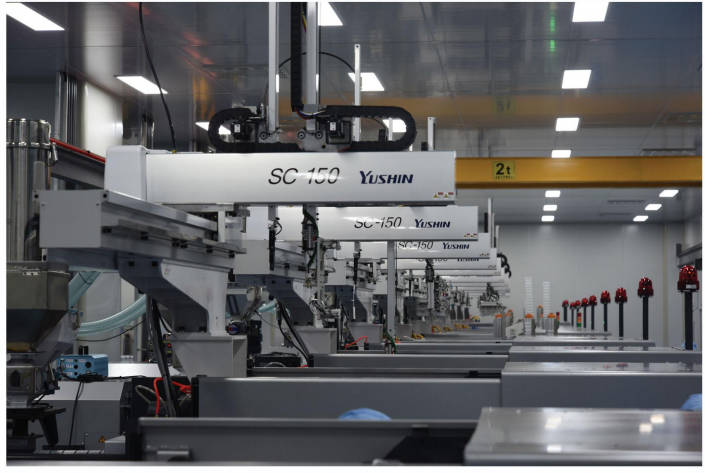
Suzhou Ace Biomedical Technology Co., Ltd Introduces New Range of Pipette Tips and PCR Consumables
Suzhou, China - Suzhou Ace Biomedical Technology Co., Ltd, a leading provider of laboratory products, announced the launch of their new range of pipette tips and PCR consumables. The new products are designed to meet the increasing demand for high-quality laboratory prod...Read more -
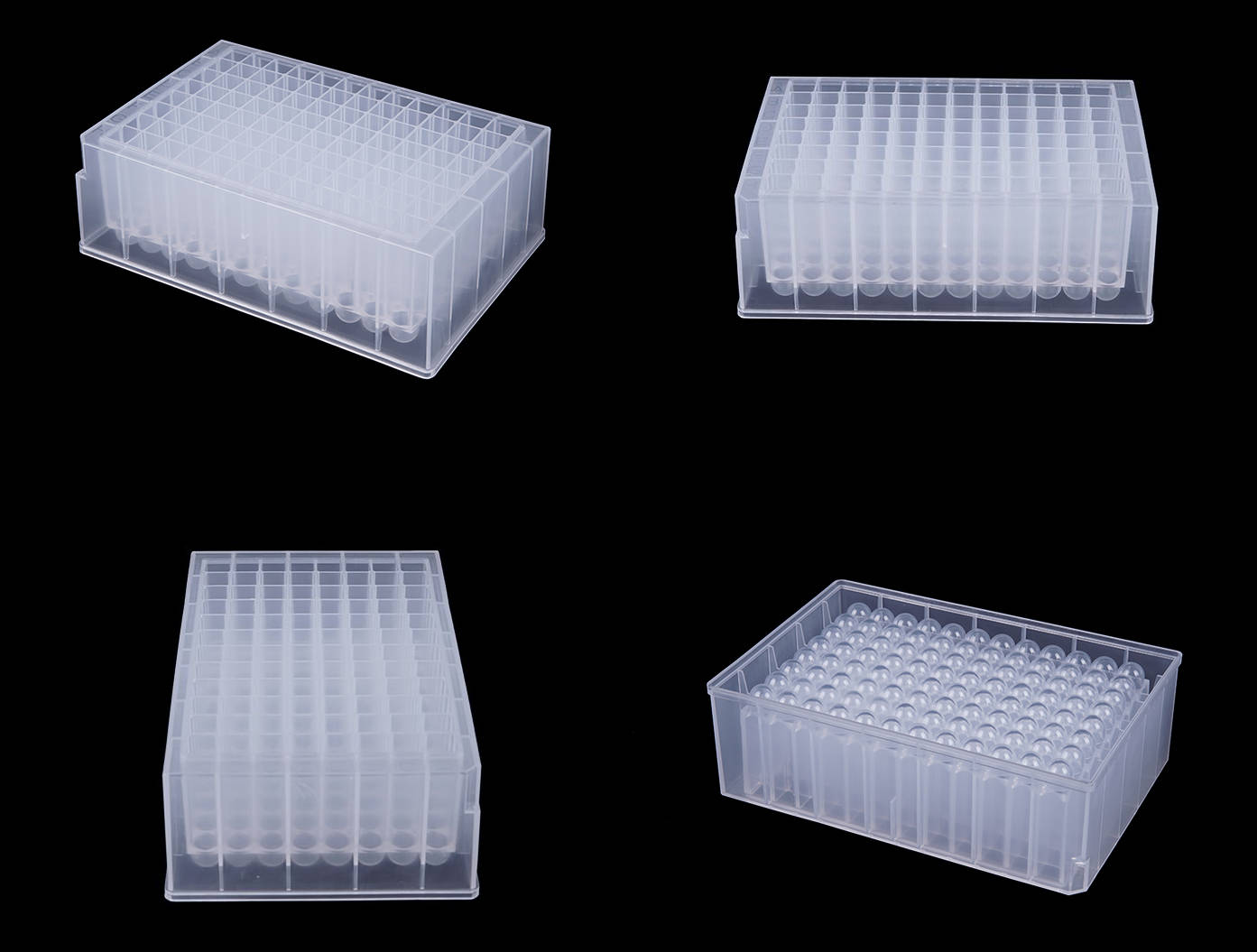
How to use 96 deep well plate in lab
96-well plate is a common tool used in many laboratory experiments, particularly in the fields of cell culture, molecular biology, and drug screening. Here are the steps for using a 96-well plate in a laboratory setting: Prepare the plate: Ensure that the plate is clean and free of any contamina...Read more -
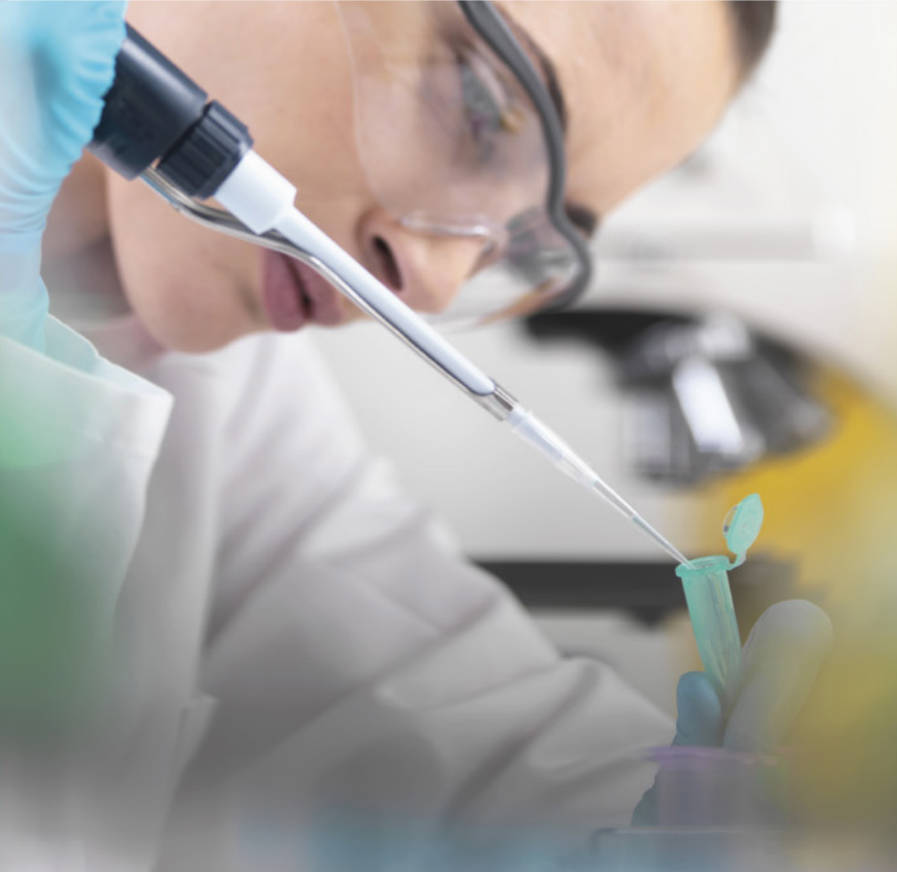
Disposable pipette tips application
Pipette tips are widely used in laboratory settings to dispense precise volumes of liquids. They are an essential tool for performing accurate and reproducible experiments. Some of the common applications of pipette tips are: Liquid handling in molecular biology and biochemistry experiments, suc...Read more

